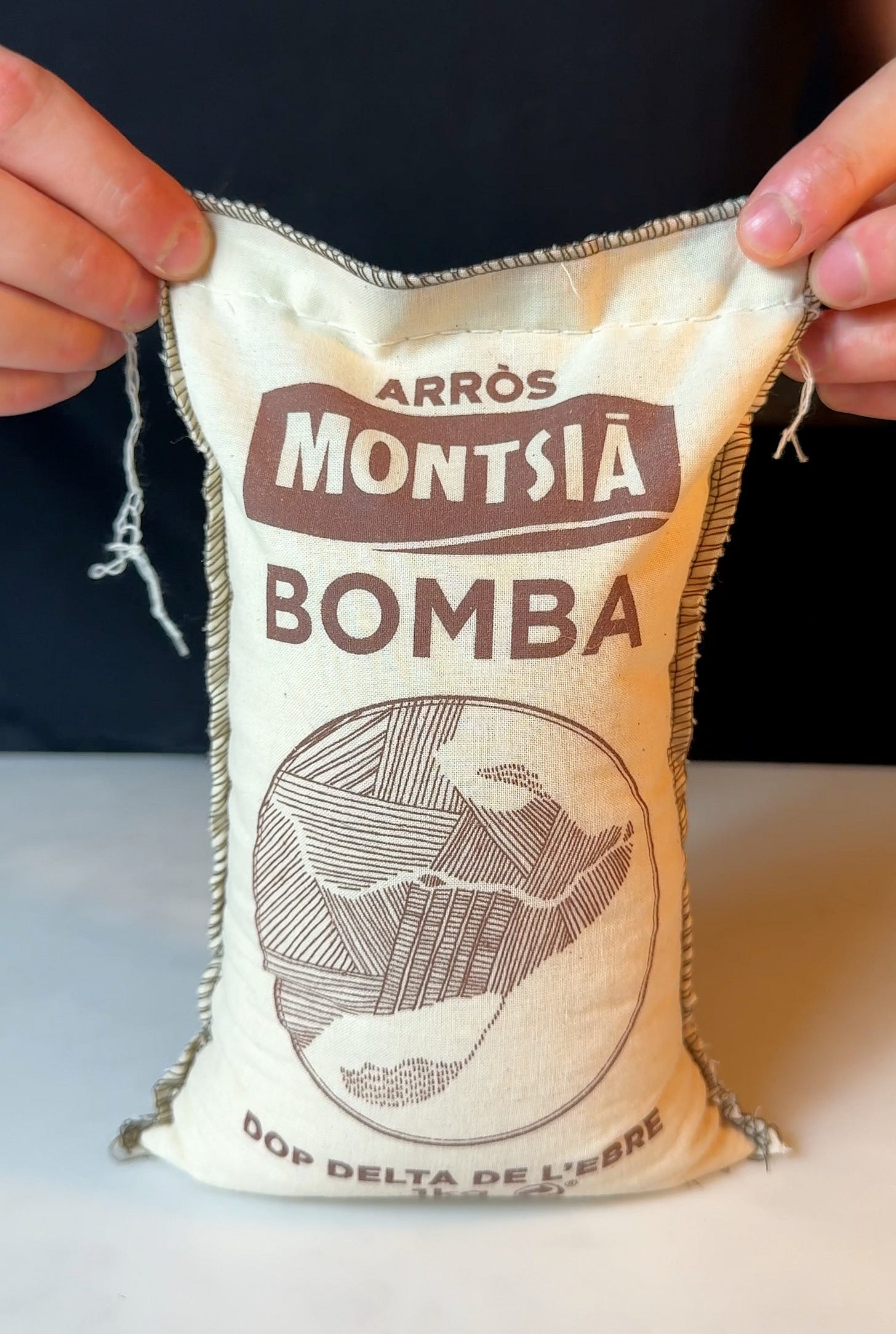Paella Valenciana - The Recipe
A Spanish classic that we all know and love. In this newsletter I'll be showing you how to make an authentic, delicious, paella from the comfort of your own home...
Paella is one of those Spanish dishes that is incredibly popular across many homes around the world. Nothing beats sitting in a quiet side street in a beautiful Spanish city, in the middle of the summer, sipping on sangria or an ice cold beer, whilst eating a perfectly cooked paella with you family and friends. What makes a paella so wonderful then? My 2 favourites things about them are…
The crispy base - this is the most notorious part of a paella The crispy base, aka the socarrat, paired with the softness of the rice makes for a wonderful bite every time.
The simplicity - paella doesn’t need to be over complicated! Using a good broth, the correct rice, and well cooked proteins, you can get a lovely, flavourful paella with ease
There are a lot of variations of paella, whether you’re using meats, seafoods, or both mixed in together. Today, we will be going over the most traditional kind, the Paella Valenciana. Using a mixture of meat, beans and tomatoes, this is wonderfully simple, yet delicious variation. I will be covering some other types, such as a seafood paella (also very popular), in a couple of months, so stay tuned for this, and an exciting video that will pair with it!
A few essential notes before starting…
The type of rice - for proper, authentic paella, you should be using bomba rice. This is optimal, since it can hold a lot of liquid whilst maintaining a nice bite (not turning into mush), however if you cannot find it using arborio will be your next best alternative
Do not wash your rice - Bomba rice is the perfect short grain rice for this dish because of its starchiness. It is what helps keep a crispy paella, so delicate and creamy. Th starch is a key part in helping develop the socarrat too.
Toasting your saffron - many Spanish recipes call for toasting your saffron. Whilst I prefer to bring out the flavour though breaking it down in a pestle and mortar then steeping in hot water, if you are using less saffron you can bring out even more flavour by wrapping it in some foil, then toasting it over a flame, before grinding down then steeping in water. Be sure not to burn it though!
No paella pan - do not worry! This can also be made in any large frying pan at home. You might not be able to get as much of a crispy base, but you will still end up with a delicious tasting dish at then end of it. Just remember that it may take longer to reduce, because in a small pan there is most likely going to be less surface area for the water to evaporate from.
With a paella pan - if it is similar to then one I used, linked here, make sure to remove any factory seal on it, then season it properly. To do this, boil some water and vinegar in it for a few minutes, scrub it clean with soap, then place it onto a high heat and rub with thin layers of oil every few minutes until it has built up a nice layer of seasoning. Make sure to use some fans though, or do it outside, since this can get quite smoky! Alternatively, you can find non stick or pre seasoned pans, but these might not achieve as good of a crispy ayer at the bottom. If you stove isn’t big enough, you can buy a proper burner for the pan, linked here, using this gas connector. It works a treat!
Level the pan - so everything cooks evenly, make sure that your pan is level before cooking. Tip some water in the pan before heating and if it is pooling to one side, try to level this out so it is as even as possible. If you are using the burner, wedge some folded paper under one of the legs.
Do not stir the paella - this is a well known thing about this dish. If you stir the paella you will end up with a slightly mushy, gloopy, rice dish (more so that of a risotto), and you won’t be able to achieve the beautiful crispy crust at the bottom.
Avoid very high temperatures - using high temperatures is ok whilst the water is reducing, but once the rice has been added, you need to have the heat low enough to cook the rice properly. If the liquid boils away too quickly, the rice won’t be cooked, unless you like it crunchy, and you will end up wasting a potentially beautiful meal. Keep it simmering at a very gentle bubble to be safe.
It’s time to delve into the recipe and show you how to make this beautiful dish…






